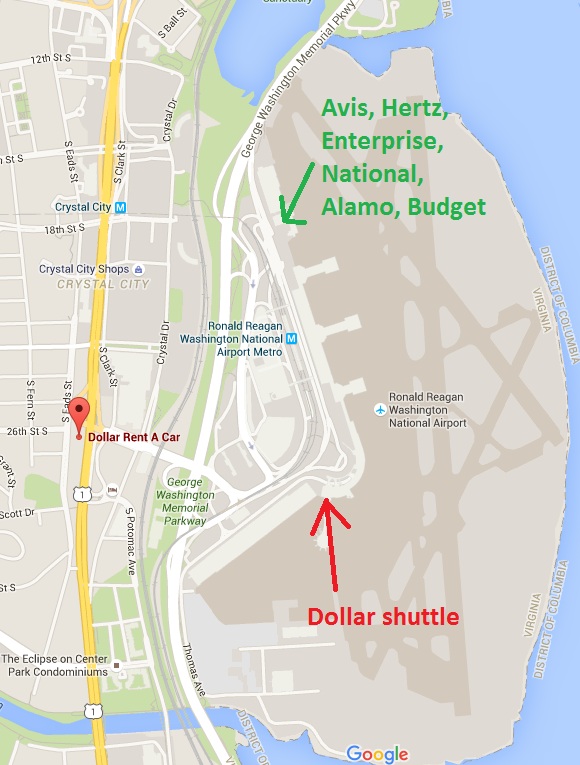


Rodgers Field was returned to the Territory of Hawaii in 1946. The Navy built a control tower and terminal building, and some commercial traffic was allowed during daylight hours. military grounded all civil aircraft and took over all civil airports after the attack on Pearl Harbor, and Rodgers Field was designated Naval Air Station Honolulu. From 1939 to 1943, the adjacent Keehi Lagoon was dredged for use by seaplanes, and the dredged soil was moved to HNL to provide more space for conventional planes. It was funded by the territorial legislature and the Chamber of Commerce, and was the first full airport in Hawaii aircraft had previously been limited to small landing strips, fields, and seaplane docks. The airport opened in March 1927 as John Rodgers Airport, after World War I naval officer John Rodgers. The airport is included in the Federal Aviation Administration (FAA) National Plan of Integrated Airport Systems for 2017–2021, in which it is categorized as a large-hub primary commercial service facility. The airport serves as the main hub of Hawaiian Airlines and is also a base for Aloha Air Cargo. Inouye Airport offers nonstop flights to many places in North America, Asia, and Oceania. The airport covers 4,220 acres (1,708 ha), more than 1% of Oahu's land. The airport is in the Honolulu census-designated place 3 miles (5 km) northwest of Honolulu's central business district. The airport is named after Honolulu native and Medal of Honor recipient Daniel Inouye, who represented Hawaii in the United States Senate from 1963 until his death in 2012.

Inouye International Airport ( IATA: HNL, ICAO: PHNL, FAA LID: HNL), also known as Honolulu International Airport, is the main and largest airport in Hawaii.


 0 kommentar(er)
0 kommentar(er)
